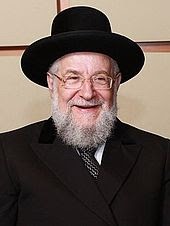Hazrat Tajuddin Baba
Hazrat Tajuddin Baba Sant
Hazrat Tajuddin Baba
Hazrat Tajuddin Baba was Perfect Masters of his Age. Such is the play of nature known as maya (illusion) that this Perfect Master was declared a lunatic and kept in confinement in the Nagpur Lunatic Asylum for more than sixteen years. However, Baba Tajuddin started his divine play from this place and virtually converted the asylum to a place of worship. Baba Tajuddin was born on the 21st of January in the year 1861 at a place called Kamthi situated near Nagpur in the state of Maharastra. |


































